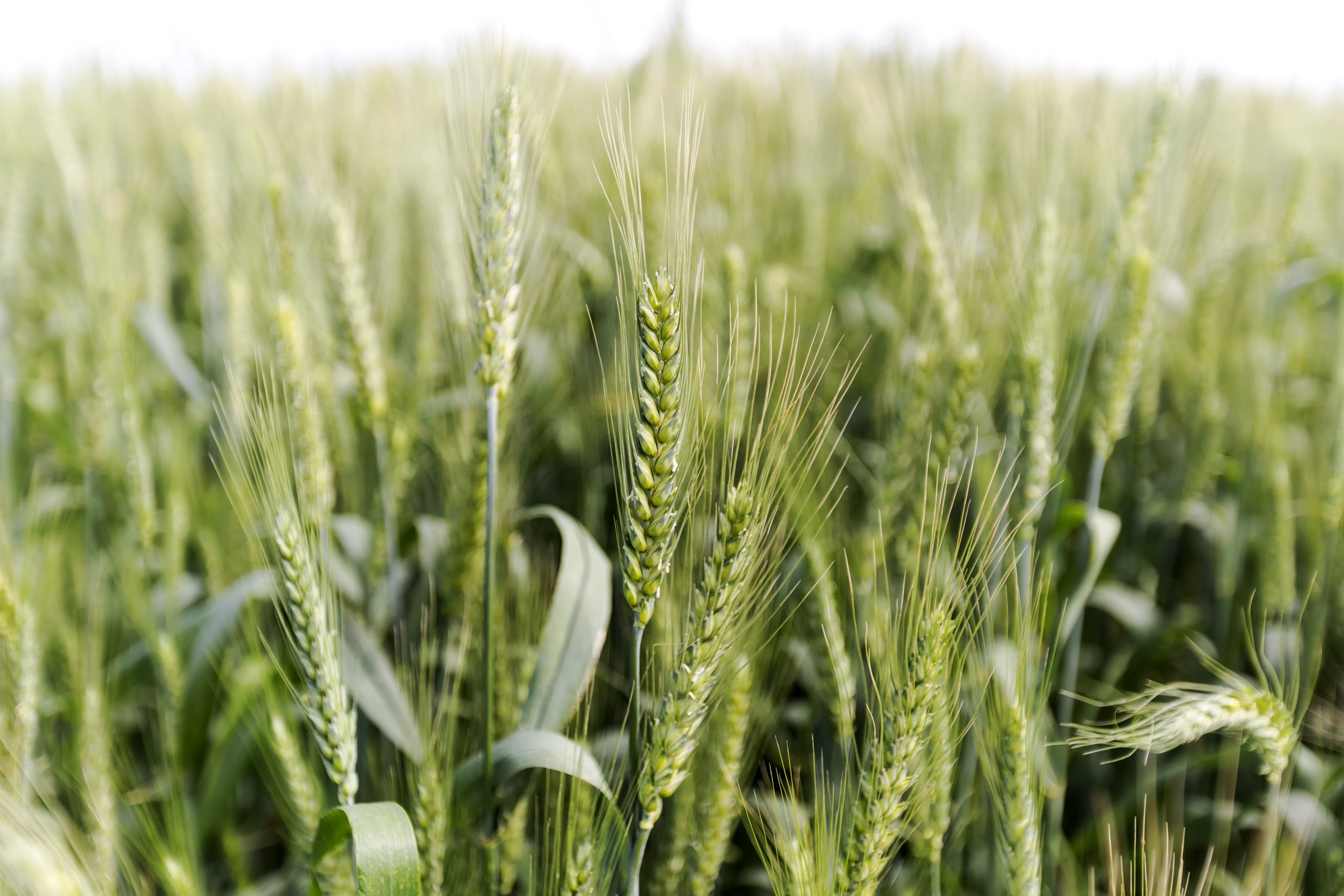New technology to boost starch content of wheat

A team of UK scientists have developed a synthetic molecule that has been shown to increase the size and starch content of wheat grains by up to 20% when applied to crops without the need for genetic modification.
Developed by Rothamsted Research and Oxford University this new science could help solve the issue of increasing food insecurity across the globe.
The results of the study, published in Nature, detail the method based on using synthetic ‘precursors’ of the sugar trehalose 6-phosphate (T6P) – a first-of-its-kind strategy that used chemistry to modify how sugars are used by plants.
Rothamsted Research, which receives strategic funding from the Biotechnology and Biological Sciences Research Council, identified this naturally occurring sugar as being crucial in controlling how wheat uses sucrose, the main fuel generated by photosynthesis.
T6P ‘precursor’
Sucrose is key to the development of wheat grains. They identified that the more T6P that is available to wheat grains as they grow, the greater the yield.
Utilising the chemical expertise of Oxford University’s Chemistry Research Laboratory, a modified version of T6P that could be taken up by the plant and then released within the plant in sunlight was developed. This T6P ‘precursor’ was added to a solution and then sprayed on to the plants, causing a ‘pulse’ of T6P, which resulted in more sucrose being drawn into the grain to make starch.
When tested in the lab, under controlled environmental conditions, this approach resulted in an increase in wheat grain size and yield of up to 20%.
Better recovery from drought
The study also demonstrated that application of the precursor molecule could enhance plants’ ability to recover from drought, which could ultimately help farmers to overcome difficult seasons more easily in the future.
Wheat plants were grown until each plant flowered, after which varying concentrations of T6P solution (between 0.1 and 10 mM) were added to different plants to assess the effect each concentration had on growth.
The wheat was then sprayed with the solutions either on the ears or the whole plant at intervals of 5 days after the plants first flowered, with just one application sufficient to increase yield.
The plants were then harvested once ripe, with the grains weighed and analysed for amount of starch and protein present. To test the responses to drought conditions, the plants were grown until just before the wheat plant developed its stem. It was then deprived of water for 10 days, with T6P solutions being added on the 9th of these days. Plants were harvested after re-watering to assess biomass recovery after the drought period.
Secure food and feed sources
Professor Ben Davis, of the Department of Chemistry at Oxford University, said: “The tests we conducted in the lab show real promise for a technique that, in the future, could radically alter how we farm not just wheat but many different crops. “The green revolution in the 20th century was a period where more resilient, high-yield wheat varieties were created, an innovation that has been claimed to have helped save one billion lives. “By developing new chemical methods based on an understanding of biology, we can secure our food sources and add to this legacy. That way we can make sure as many people have access to enough food as possible and that the less fortunate can be rescued from unexpected hardship.”
Now replicate as much as possible
The method has the potential to increase yields across a wide number of crops, as T6P is present and performs the same function in all plants and crops.
Dr Matthew Paul, senior scientist at Rothamsted Research said: “This study is a proof of concept, showing us that it is possible to influence how plants use the fuel they produce for agricultural benefit, both in terms of yield and also resilience to drier conditions. “The next stage of work is to replicate this experiment as much as possible in the field in different environments, for which we’ll need to understand how to scale up production of the T6P precursor and determine the effect that more variable conditions may have on results.”
Join 26,000+ subscribers
Subscribe to our newsletter to stay updated about all the need-to-know content in the feed sector, three times a week. Beheer
Beheer









 WP Admin
WP Admin  Bewerk bericht
Bewerk bericht